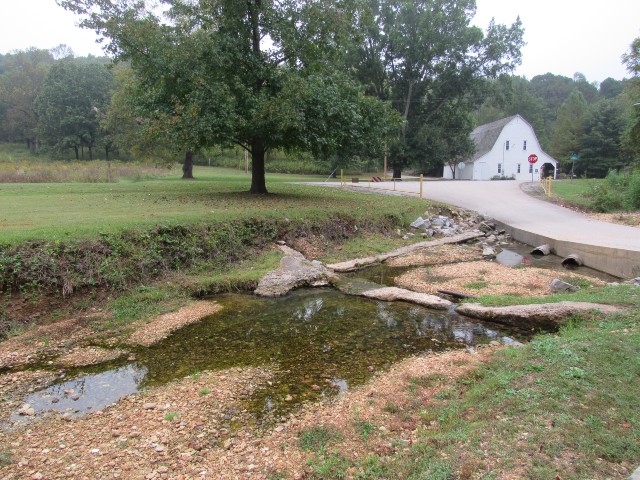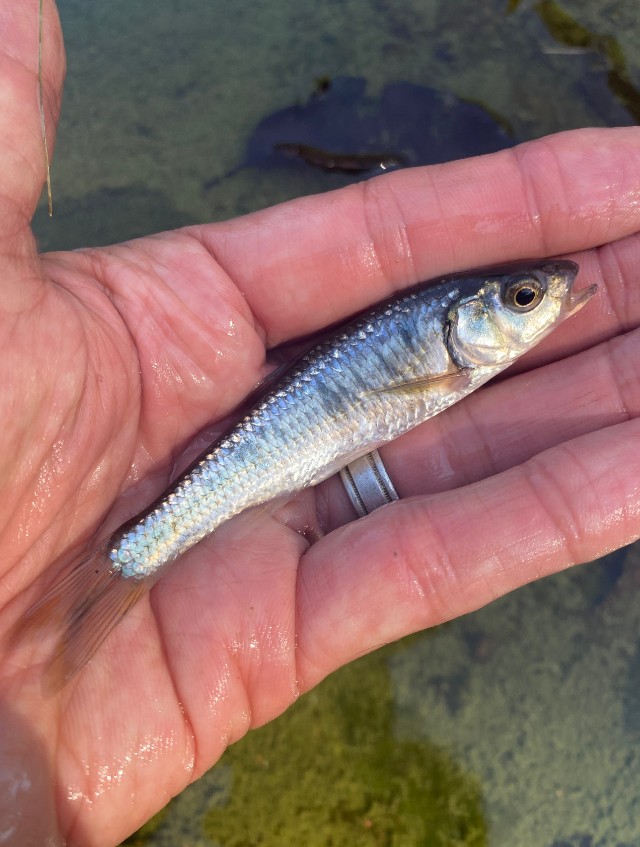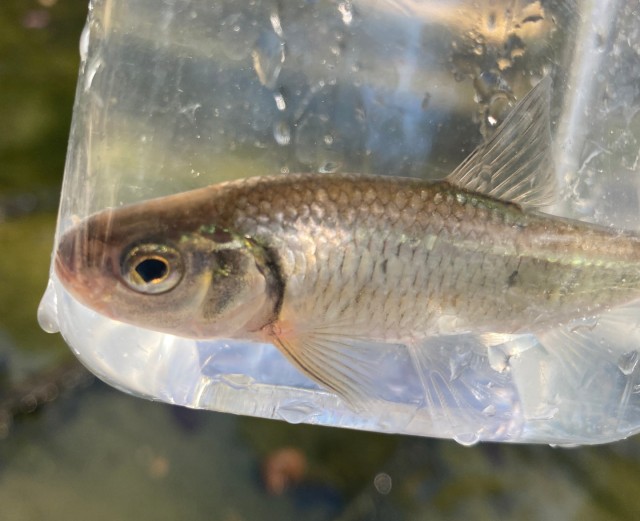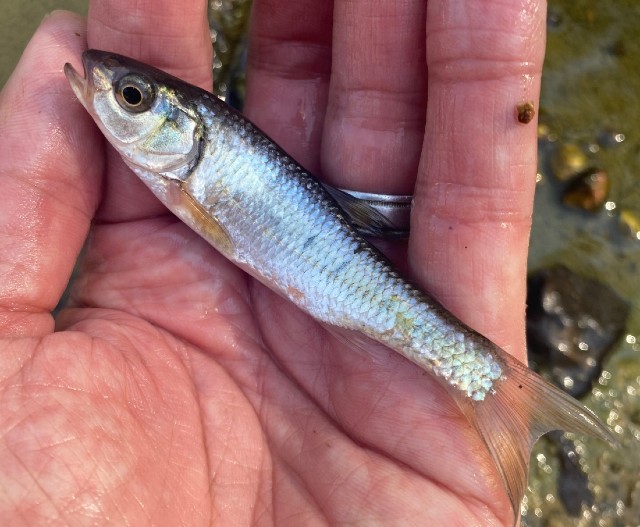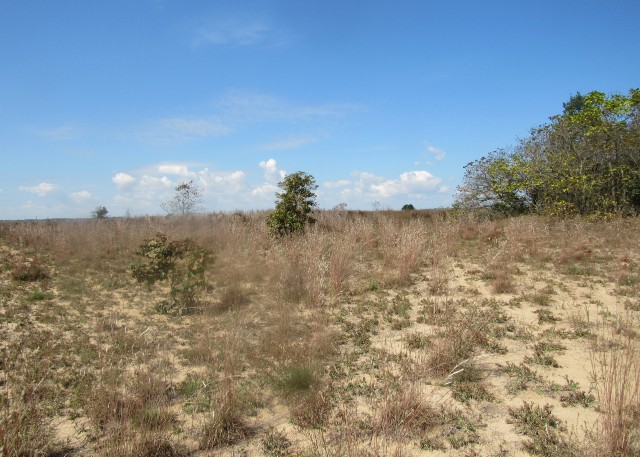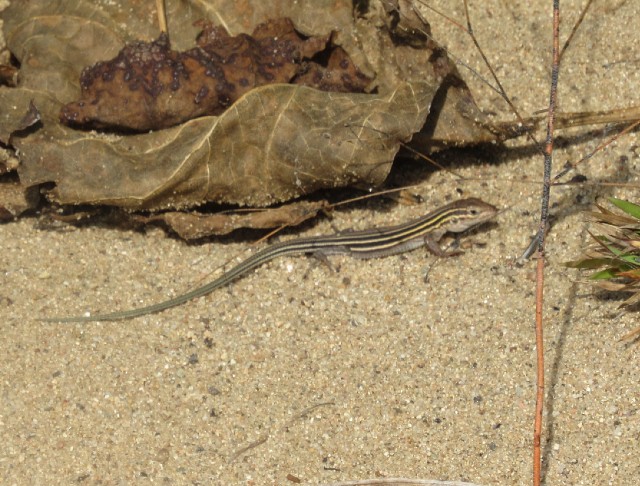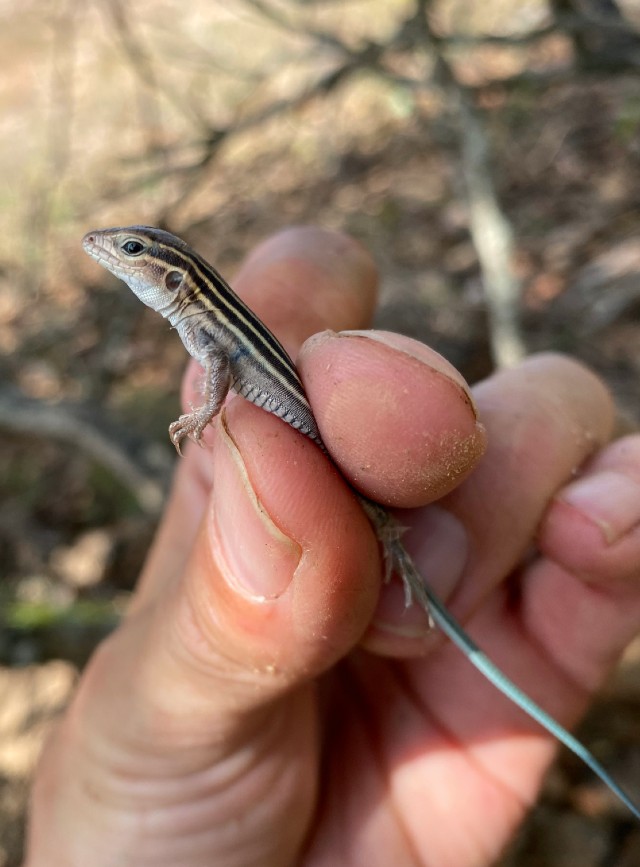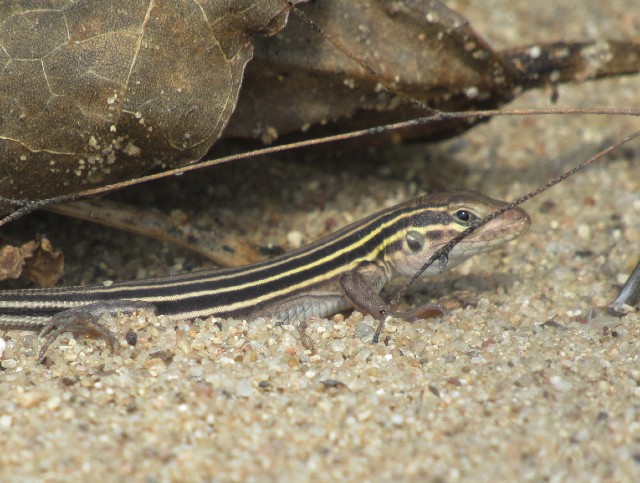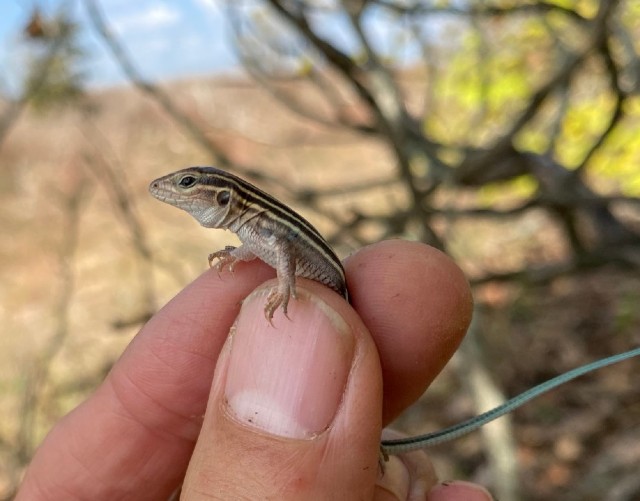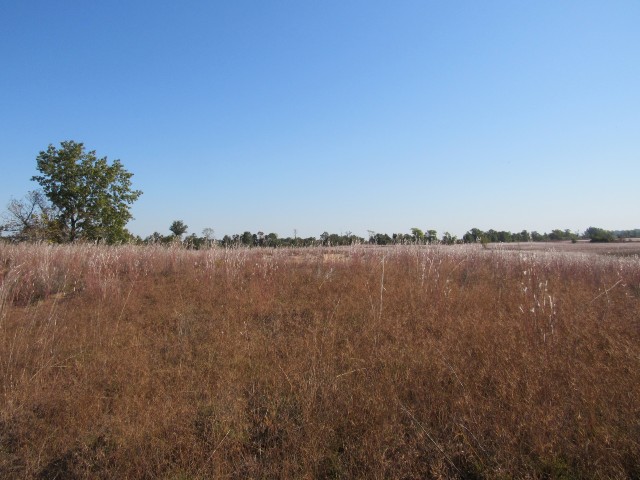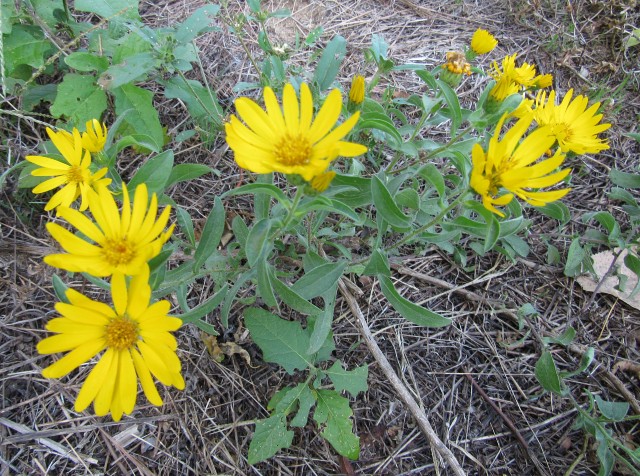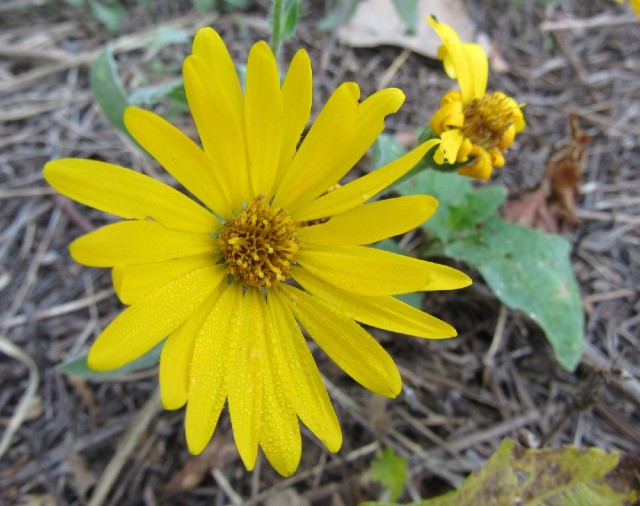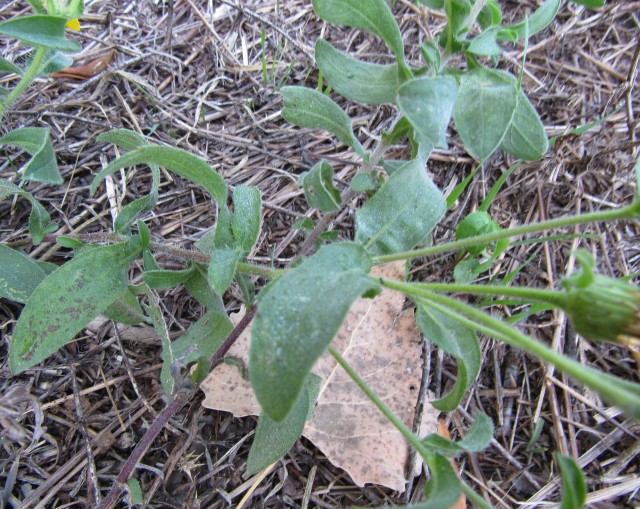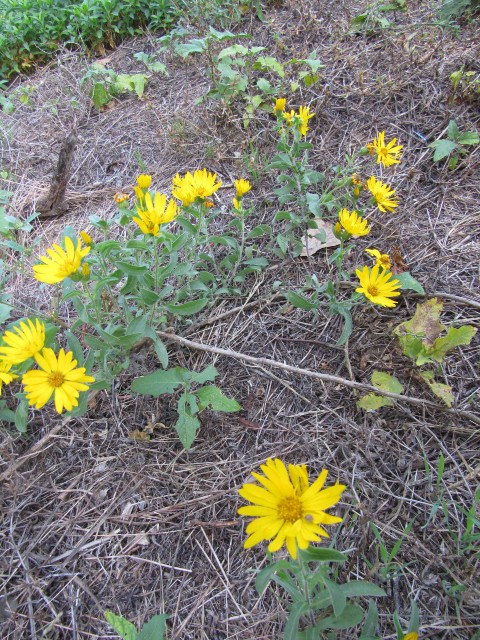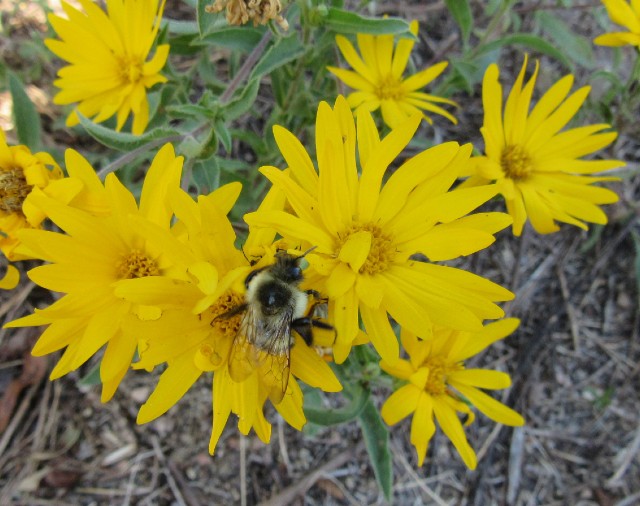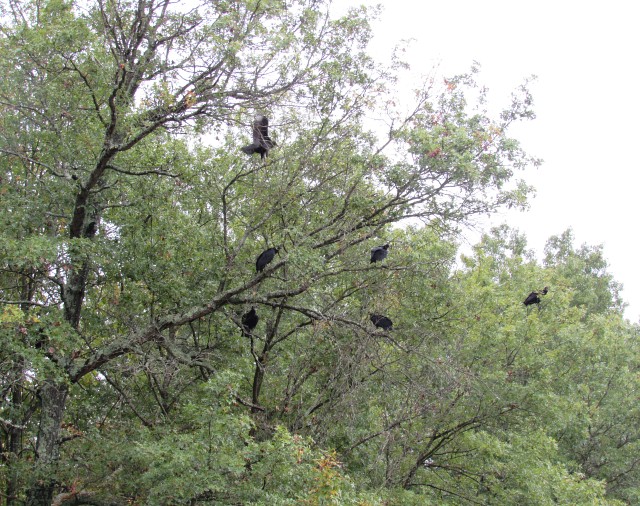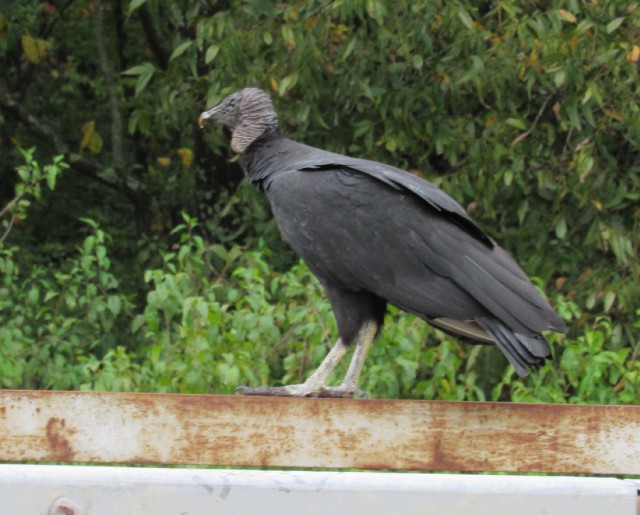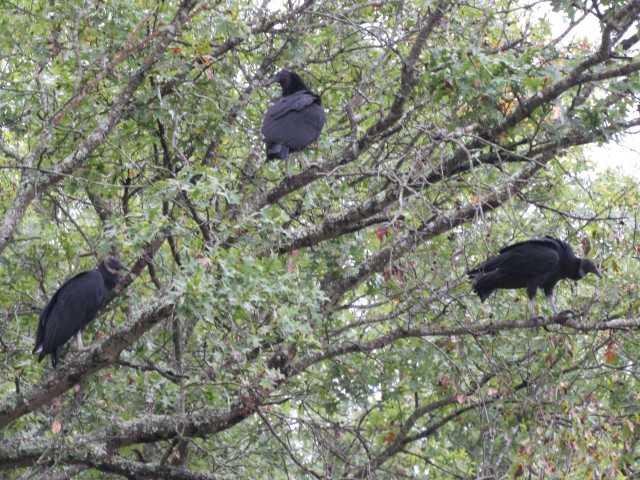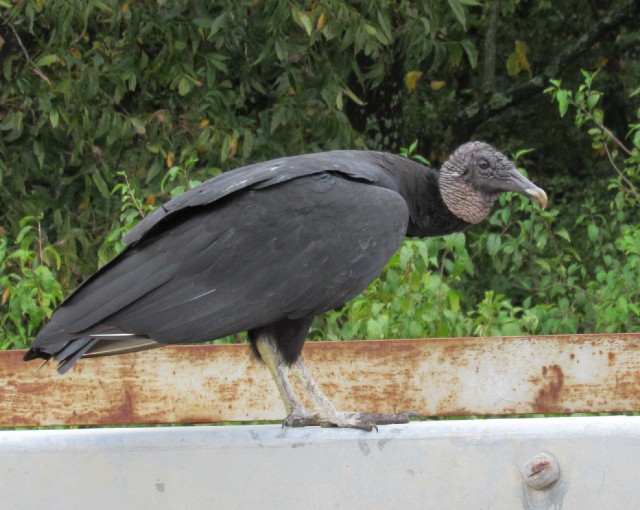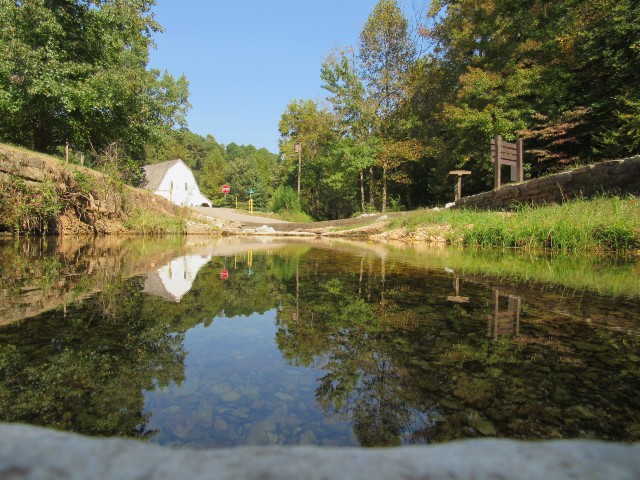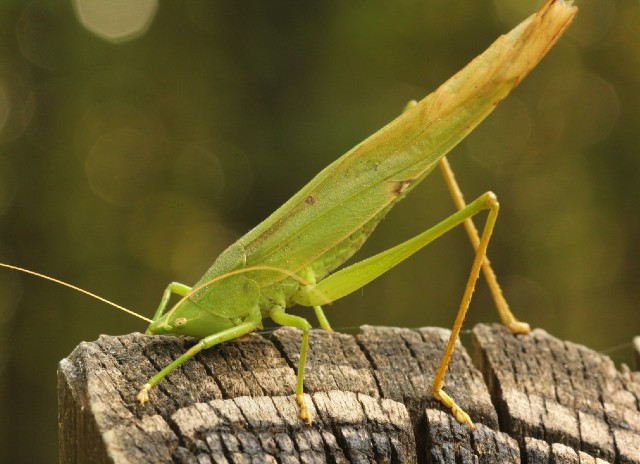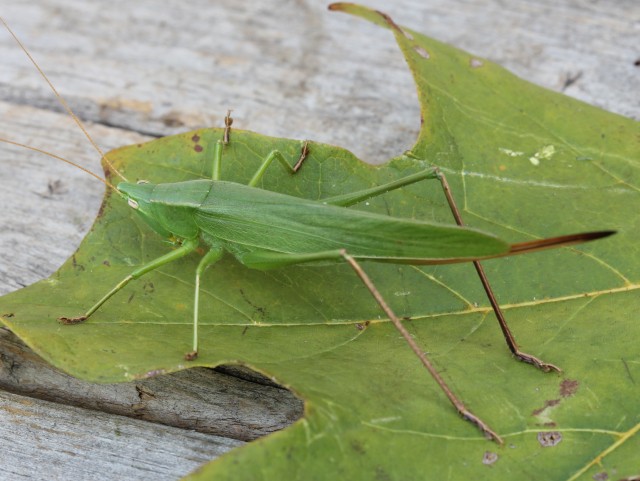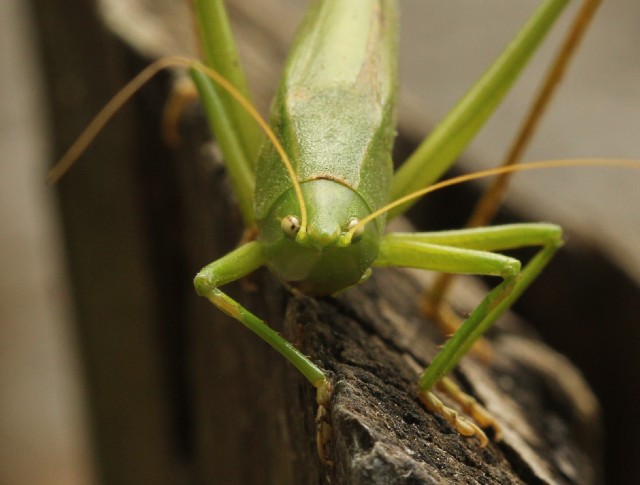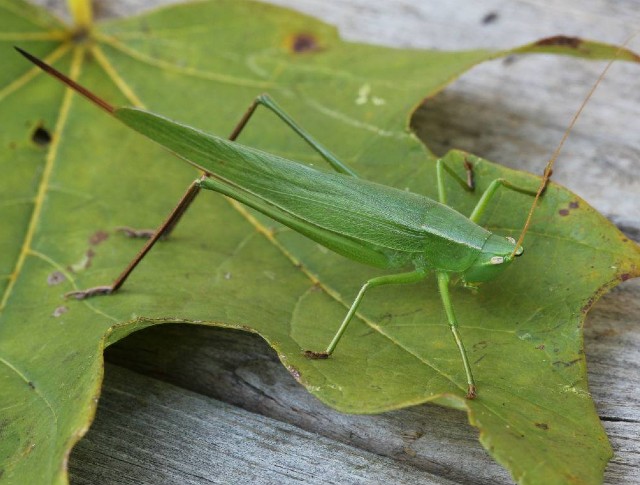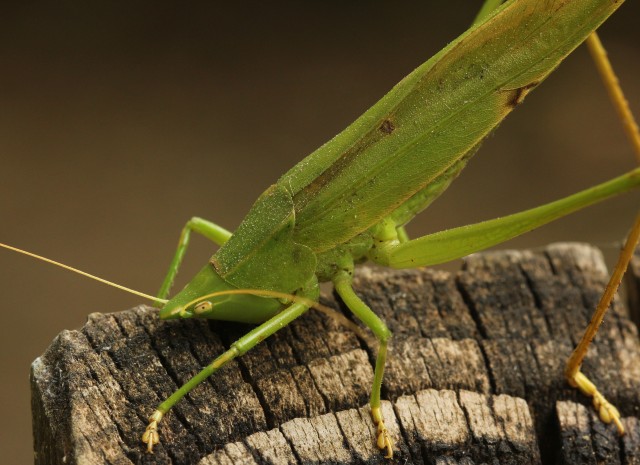While exploring southern Illinois this month, I caught this rather deep-bodied minnow with large, silvery scales that are are generally much higher than they are wide. Its common name refers to the occasional gold iridescence along its back.
This fish occurs in clear, permanent-flowing streams with clean gravelly or rocky bottoms. It prefers relatively warm and quiet water. As far as minnows go, it is reasonably sizeable, at a total length of 3 to 5 inches and a maximum of about 7 inches.
The Striped Shiner is an omnivore, feeding on both plants and animals. Minnows like this are high in ecological importance, because they are a great food source for other fish, birds and species that eat fish.
It was neat to come across this cool creature which I have never encountered before.

